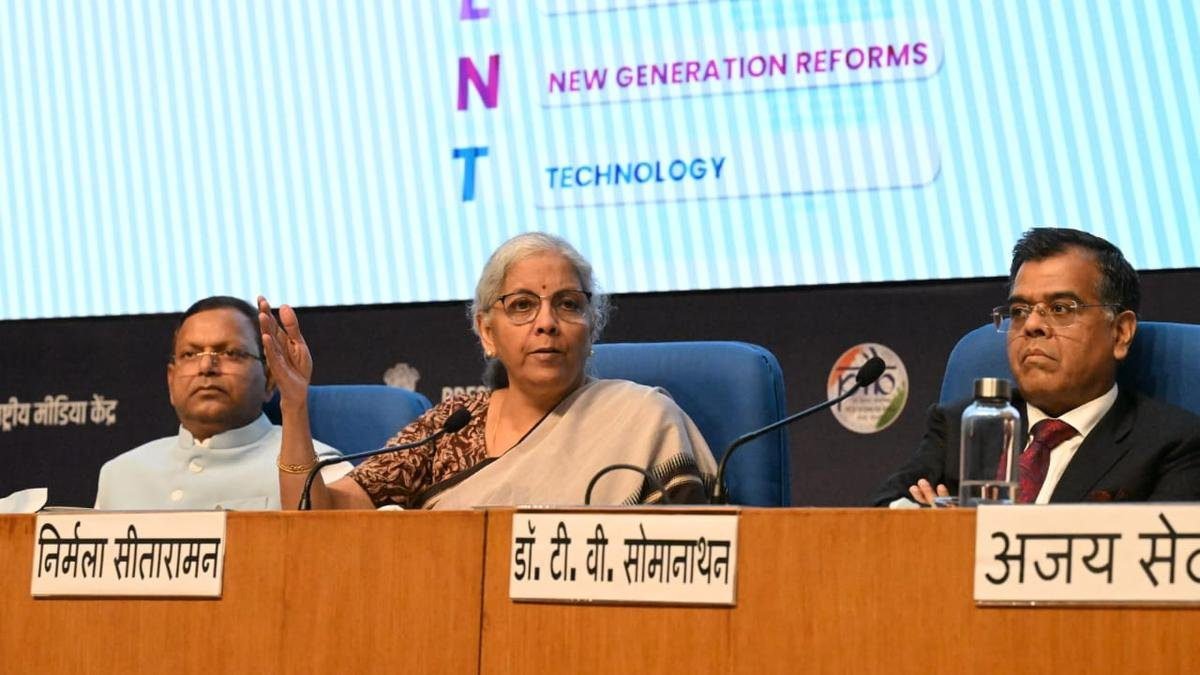In a tragic turn of events, a Saurya Airlines plane crashed during takeoff at Nepal’s Tribhuvan International Airport in Kathmandu, killing 18 of the 19 people on board. This incident adds to the concerning history of aviation accidents in Nepal, raising questions about the country’s aviation safety standards.
Key Points of the Tragic Incident
1. The Crash Incident On July 24, 2024, a Saurya Airlines aircraft, carrying 19 individuals, including technical staff members, crashed shortly after takeoff from Kathmandu. The plane was headed to Pokhara for a routine maintenance check but met with disaster moments after leaving the ground. Eyewitnesses reported the plane tilting and quickly becoming enveloped in flames before crashing into the ground.
2. The Sole Survivor The pilot of the aircraft, who is currently receiving treatment in a hospital, is the only survivor of this tragic accident. He sustained injuries to his eyes and forehead but is reportedly not in life-threatening danger. This miraculous survival has caught the attention of many, providing a glimmer of hope amid the tragedy.
3. Nepal’s Aviation Safety Concerns Nepal has long been criticized for its poor aviation safety record. The country’s challenging topography and unpredictable weather conditions, combined with insufficient training and maintenance, have contributed to a series of aviation accidents over the years. The European Union has banned all Nepali carriers from its airspace over safety concerns.
4. Historical Context This crash is a stark reminder of the numerous aviation disasters that have plagued Nepal. In January 2023, a Yeti Airlines flight crashed, killing all 72 aboard. Similar incidents in the past, including crashes involving Pakistani International Airlines and Thai Airways, have highlighted the urgent need for improved safety measures.
5. The Aftermath and Response Emergency responders quickly arrived at the crash site, battling flames and attempting to rescue those onboard. The Tribhuvan International Airport was temporarily shut down following the accident, affecting both international and domestic flights. The incident has reignited discussions about the need for stringent safety protocols and better training for aviation personnel in Nepal.
Conclusion
The recent plane crash in Kathmandu is a somber reminder of the persistent challenges facing Nepal’s aviation sector. As the country mourns the loss of 18 lives, it also underscores the critical need for robust safety measures to prevent such tragedies in the future.



